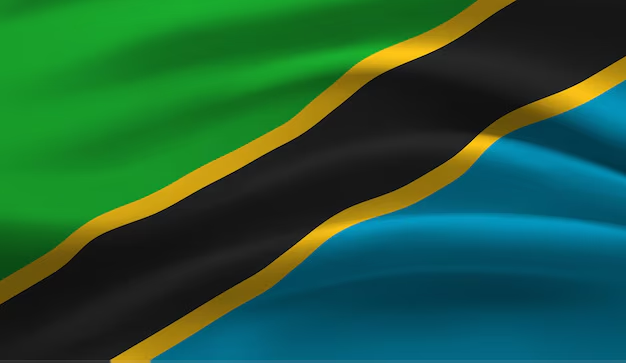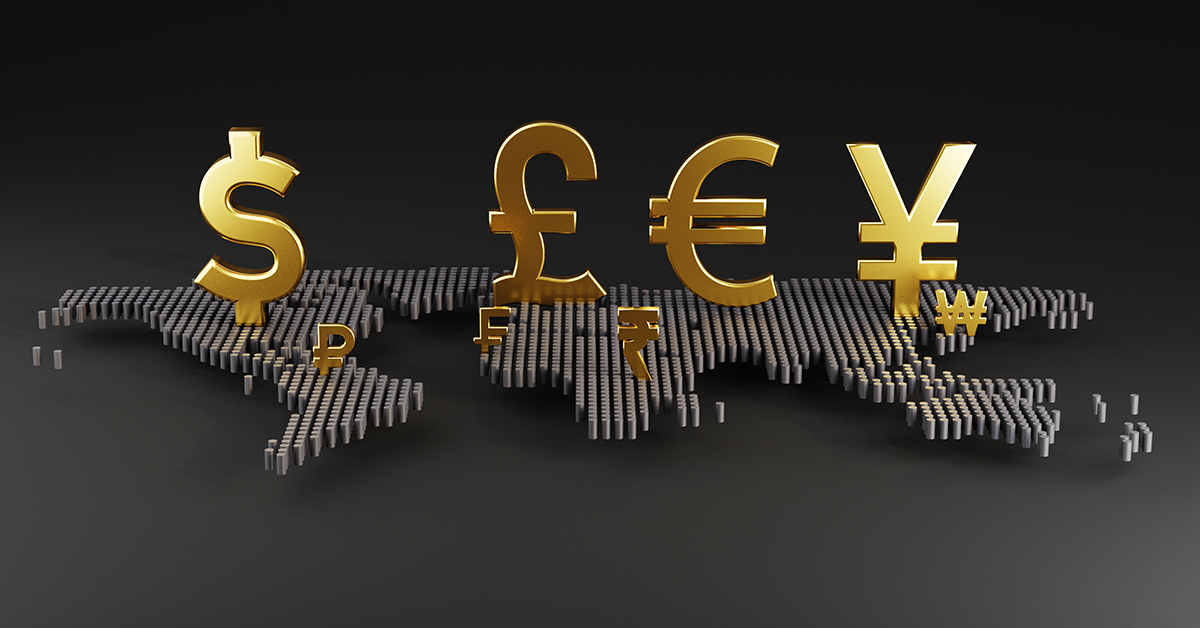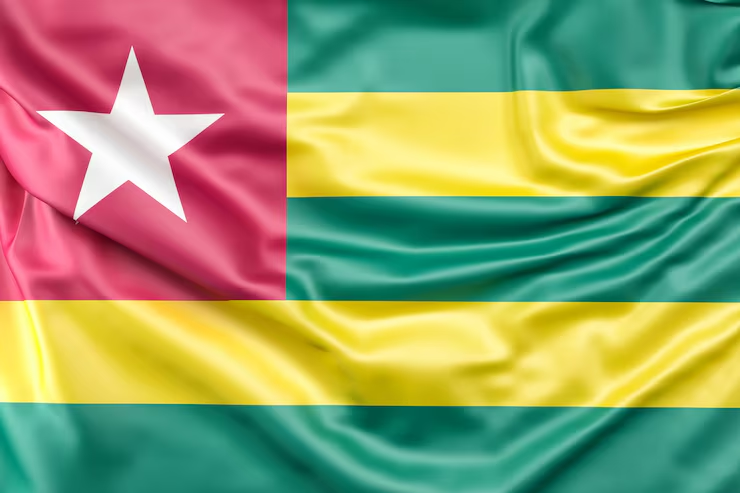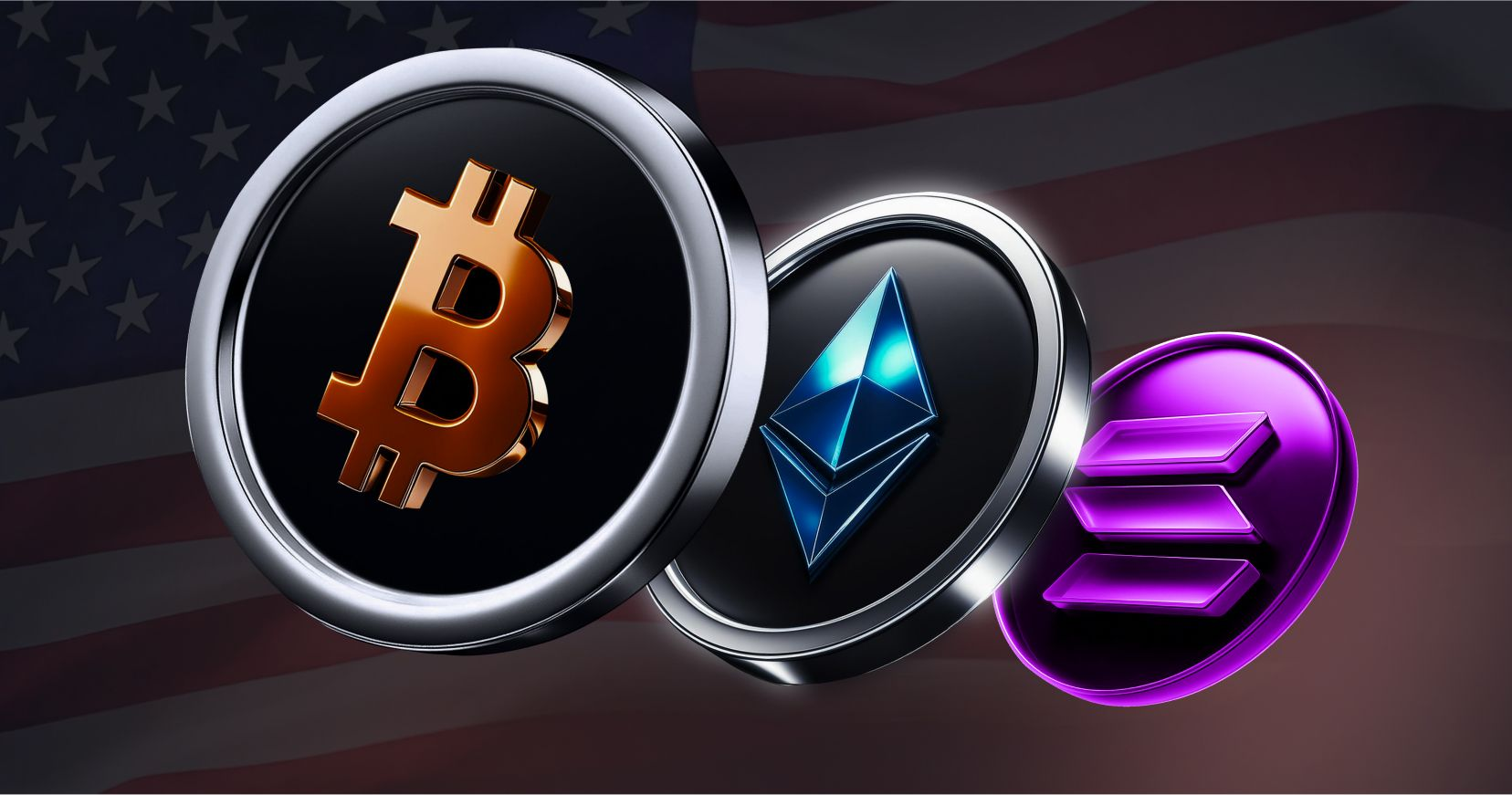Digital-first solutions are replacing cash-heavy transactions as Tanzania's payment system evolves a lot. The primary reasons for this development are that fintech is changing quickly, rules are getting more progressive, and the government is pushing for financial inclusion programs in Tanzania. In Tanzania, businesses and customers can now employ a number of safe, cheap, and compatible payment methods. These include bank transfers, Tanzanian mobile money services, QR payment systems, and real-time settlement infrastructure like the Tanzania Instant Payment System (TIPS).
The Bank of Tanzania (BoT) has been vital in achieving a balance between government oversight and fresh ideas. Its "test and learn" philosophy protects customers while letting new payment methods emerge. Because of this, Tanzania has become a leader in Africa for digital payments and has set international norms for interoperability.
Tanzania has the first interoperable mobile money
In 2014, Tanzania was the first country in the world to let people use mobile money alongside other kinds of money. This function helps people transmit money between different phone networks and even connect their bank accounts to their mobile wallets. One of the greatest challenges with early mobile money systems was that they only operated with one carrier. This project was about closed-loop systems that only worked with one carrier.
By September 2015, three of the biggest mobile phone companies in the country had banking networks that functioned perfectly with each other. This made it easier to pay bills, transmit money in bulk, and do business-to-business (B2B), person-to-government (P2G), and person-to-person (P2P) activities. The action made things easier and sped up Tanzania's adoption of mobile money. The large surge in off-net transactions once interoperability agreements were made shows this.
The growth was huge. Tanzania did more than 99 million transactions totalling 3 trillion TZS (US$1.8 billion) a month in 2014. There were also 31.8 million registered mobile money accounts in the country, and 11 million of them were used within 90 days. Because of these changes, Tanzania's mobile money market is now one of the biggest in the world.
There are still concerns, like high transaction costs and inconsistent service in rural areas. The BoT normally lets the market decide prices, but it gets involved when prices go too high for people to be able to afford them. For example, the BoT put a cap on interbank payment costs in 2024 so that they would still be convenient to use when TIPS started in 2021.
Bank Transfers: Safe and Easy Ways to Pay
Bank transfers are a very essential part of Tanzania's payment systems, especially for big transactions and formal corporate operations. You can pay with a Wakala, Visa, Mastercard, or UnionPay card. Banks and businesses normally work together directly, so you need to open an account and fill out documentation to show that you are following the rules.
The Tanzania Interbank Settlement System (TISS) makes it easier for banks to do business by processing big payments between banks in real time. The TISS Modernisation Project is still going on. Its purpose is to speed up, make safer, and make transactions less likely to go wrong. Bank transfers are useful for huge corporate deals, wholesale trade, and government payments because they only cost 0% to 2% of the total amount.
There are different times when integration will happen. Setting up a card transaction can take one to two weeks, while adding Wakala services and bank payouts can take many months.
Also read: Rwanda’s Payment Rails & How They Work – RNP, Mobile Money & Digital Economy Growth
Standardisation of TAN-QR and payments made with QR codes
The use of QR codes has gone through the roof since the BoT made TAN-QR the official QR code payment standard in Tanzania in 2022. TAN-QR makes sure that everything works together by letting all banks, financial service providers, and mobile carriers accept payments from merchants in the same way.
There are two basic kinds of QR codes:
- Because they are tied to a merchant account, small retailers, hairdressers, kiosks, and unlicensed merchants can use static QR codes. Customers have to type in the amount of the payment by hand after scanning it.
- Adynamic QR code is produced for each transaction. It has the merchant's identity, the amount, and a reference. These are great for delivery services, grocery stores, and internet shopping because they speed up the checkout process and make fewer mistakes.
QR codes are a terrific deal for everyday purchases because the expenses for utilising them are usually less than 2%. Static QR codes are more frequent right now, but market trends reveal that dynamic codes are getting more and more popular because they are safer and more automated.
The National Real-Time Settlement (TIPS) system in Tanzania
The Tanzania Instant Payment System (TIPS) is a payment platform that works in real time with both banks and non-bank digital financial service providers (DFSPs). It is run by the BoT. Its major purpose is to minimise the costs and time it takes to settle transactions by replacing discrete bilateral connections with a central multilateral switch.
The fact that TIPS processed $11.6 billion in payments in 2024, more than twice as much as the year before, shows how important it is becoming in Tanzania's financial system. TIPS makes it easy for people in Tanzania to do business with each other and send money home by allowing them to shift money between bank accounts and mobile wallets right away.
Payment Aggregators: Making it Easier to Accept Different Payment Methods
ClickPesa, Selcom, and DPO are examples of payment aggregators that are particularly essential to Tanzania's fintech industry. They handle settlement, compliance, fraud prevention, and technical onboarding. They also give businesses a single API interface that works with a variety of payment methods, including cards, bank transfers, mobile money, and QR codes.
For firms that wish to enter the Tanzanian market, using a payment aggregator makes things easier, speeds up go-live timetables, and ensures that reconciliation goes well.
The best approach to link a lot of Tanzanian payment systems with the least amount of effort is with Transfi. It provides banks, mobile wallets, and QR systems all access to a single, safe gateway. If you want to learn more about payment methods that can expand with your business, talk to an expert.
Other Ways to Pay
In addition to the main ones, Tanzanians employ the following systems:
- More and more people are using UnionPay, RuPay, and other cards, but Visa and Mastercard are still the most popular.
- You can pay your bills online and by e-wallets and SMS with M-Pesa, Tigo Pesa, and Airtel Money.
- UPI and Paytm, both from India, enable you to pay for things using your phone and send money immediately in some cases.
Conclusion
Tanzania is the finest site in Africa for digital payments because it has new rules, new ways for multiple systems to operate together, and a lot of people utilise mobile money. The payment methods in Tanzania are now easier to use, perform better, and cost less than they did before. Thanks to things like TIPS, QR code payments, and mobile money that work with other systems, this is possible.
The market will change in the future because there will be more ways to move money across borders, more usage of dynamic QR codes, and better integration of bank and mobile wallets. Because of a good regulatory framework and rising consumer demand, Tanzania is on its way to becoming a leader in financial infrastructure in developing countries.
Also read: Malawi’s Payment Rails & How They Work – National Switch, Mobile Money & Banking Access
FAQs:
1. What is the most prevalent way to pay in Tanzania?
Mobile money is the most common technique, followed by cash and bank transfers.
2. What is TAN-QR?
With just one code, shops may take payments from any bank or mobile money provider thanks to the national QR code standard TAN-QR.
3. What does TIPS do to make payments better?
It saves time and money by letting banks and mobile wallets execute transactions with each other immediately.
4. How much do bank transfers cost in Tanzania?
No, transaction costs are normally between 0% and 2%, depending on the channel and the amount.
5. Are firms from other nations able to accept payments in Tanzania?
Yes, you can do this by using applications like Transfi or dealing with recognised payment aggregators.
Table of Contents
Suggested Article
Explore our products

Make global payments at the speed of a click

Accept payments, remove borders.

Unlock Seamless Digital Currency Transactions Anywhere








.png)














